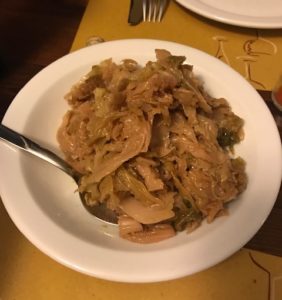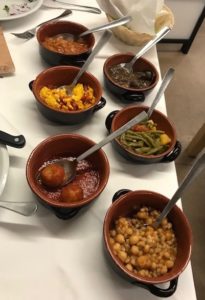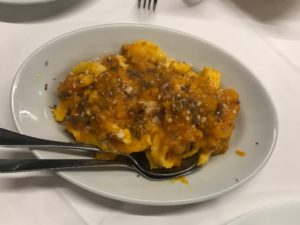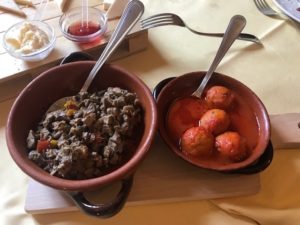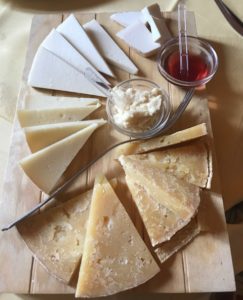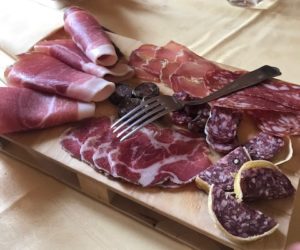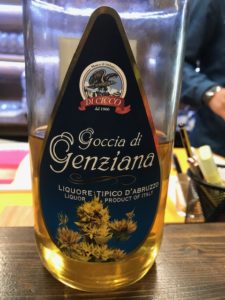Abruzzo, Italy
Where is Abruzzo?
Abruzzo is located in central eastern Italy, with Le Marche to the north, Lazio to the west and Molise to the south. This strikingly beautiful region boasts the Adriatic Sea on its east and the Apennine Mountains in the west, including Corno Grande (9,560 ft), Italy’s highest peak outside of the Alps. Unspoiled wilderness is highly characteristic of Abruzzo, so much so that 50% of its land is dedicated to national parks and UNESCO sites.
Most of Abruzzo’s 1.3 million people remain dispersed throughout the far-reaching hilly areas between the sea and imposing mountains. Winding roads give way to tiny hilltop towns hidden in Abruzzo’s charming countryside. Historic fortresses and castles continue to stand proud, serving as reminders of Abruzzo’s tumultuous past.
History of Abruzzo
While geographically more central than southern, Abruzzo marks the start of the former Bourbon Kingdom of the Two Sicilies (1815-1860). During this period, it was part of wealthy and populous southern Italy, along with the peninsula regions of Campania, Basilicata, Molise, Puglia, Calabria and the island of Sicily. Abruzzo has close ties with neighboring Molise, as for the first two years of Italian unification (1861-1863), Abruzzo also included Italy’s second smallest region.
Abruzzo has been inhabited since prehistoric times, as evidenced by tools and artifacts found in ancient cave dwellings deep in the mountains. Early nomadic warrior tribes eventually gave way to a more agrarian lifestyle after dramatic and drying climate changes. In addition to farming, these Italic shepherds also practiced seasonal migration from the mountains to the plains and were completely self sufficient. During the Roman expansion however, these patterns changed and mixing and migration of tribes spread into present day Puglia.
After the fall of the Roman Empire, Abruzzo changed hands numerous times, but has thankfully held onto its warrior spirit and many local traditions. From the Lombards to the Normans, Spanish, and the Bourbons, Abruzzo and its resilient people have withstood a great deal of upheaval and turmoil.
As a longstanding agrarian society, Abruzzo has been growing grapes and making wine since the 6th century B.C. The diverse topography and microclimates present perfect conditions for quality grape growing, though this reality is not always fully recognized. Due to economic pressures, industrialized, high volume grape growing is indeed practiced. Below, I’ve detailed top wine areas to help you find the best quality Abruzzese wines.
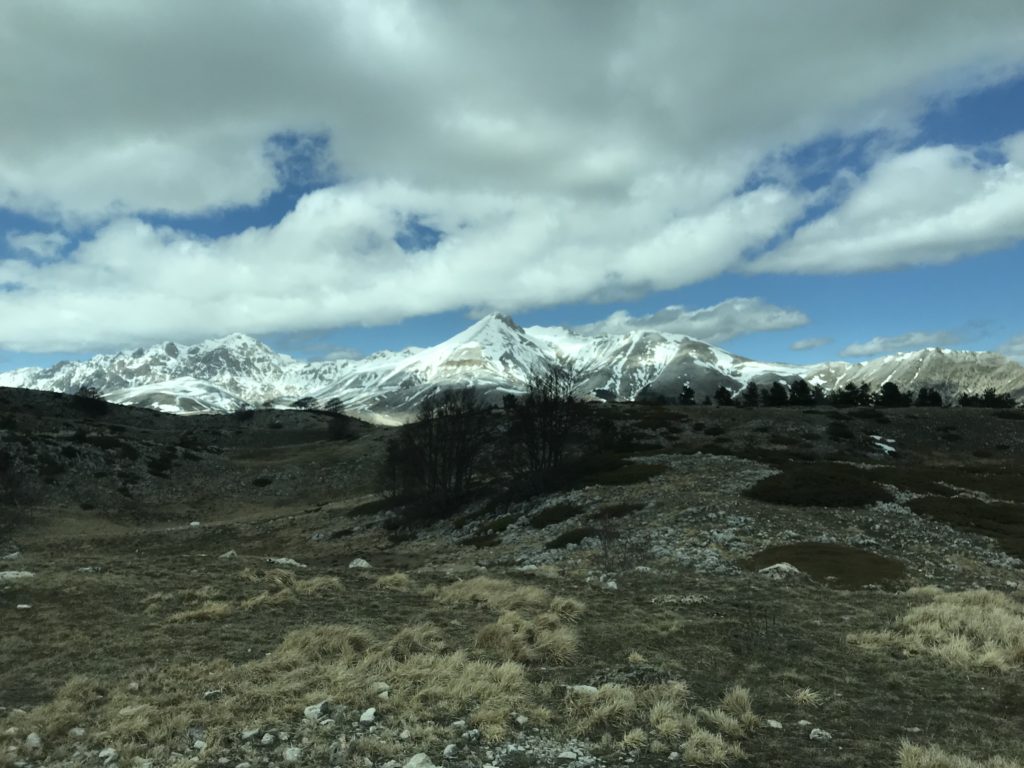
Top Abruzzo Wine Areas
Montepulciano D’Abruzzo Colline Teramane DOCG
Abruzzo’s only DOCG zone in the hills (colline) around Teramo is perhaps the best area for both quality and diversity of grapes. Situated in northern Abruzzo, near Le Marche, the area benefits from cooling effects from sea and mountain air as well as abundant sunshine for ripening. Here you can find some of the best Pecorino, Trebbiano D’Abruzzo and Montepulciano in Italy. In addition, the most interesting Cerasuolo rosé wines (from the Montepulciano grape) also come from here.
Controguerra DOC
Located within the Teramane zone mentioned above, this DOC area of only 100 total acres (41 hectares) represents the top examples of the entire zone. In addition, you can find sparkling examples of the whites and passito dessert red wines. Emidio Pepe, one of Italy’s renowned organic winemakers calls Controguerra (which means against war), home.
Terre dei Vestini
A small sub zone packing a big punch within the Montepulciano d’Abruzzo DOC is that of Terre Dei Vesitini. Many excellent wines are being produced here at the foot of the Gran Sasso park, alongside countless hills of olive groves. While both whites and reds are made, Montepulciano stands out as the best example of what this area can offer. Typically less bold and tannic than Teramane Montepulciano to the north, these wines are smooth with ripe red fruit and bright acidity. The area around Loreto Aprutino is home to some of the best producers including famed, Valentini and De Fermo. Many microclimates co-exist to create unique and dynamic wines in close proximity.
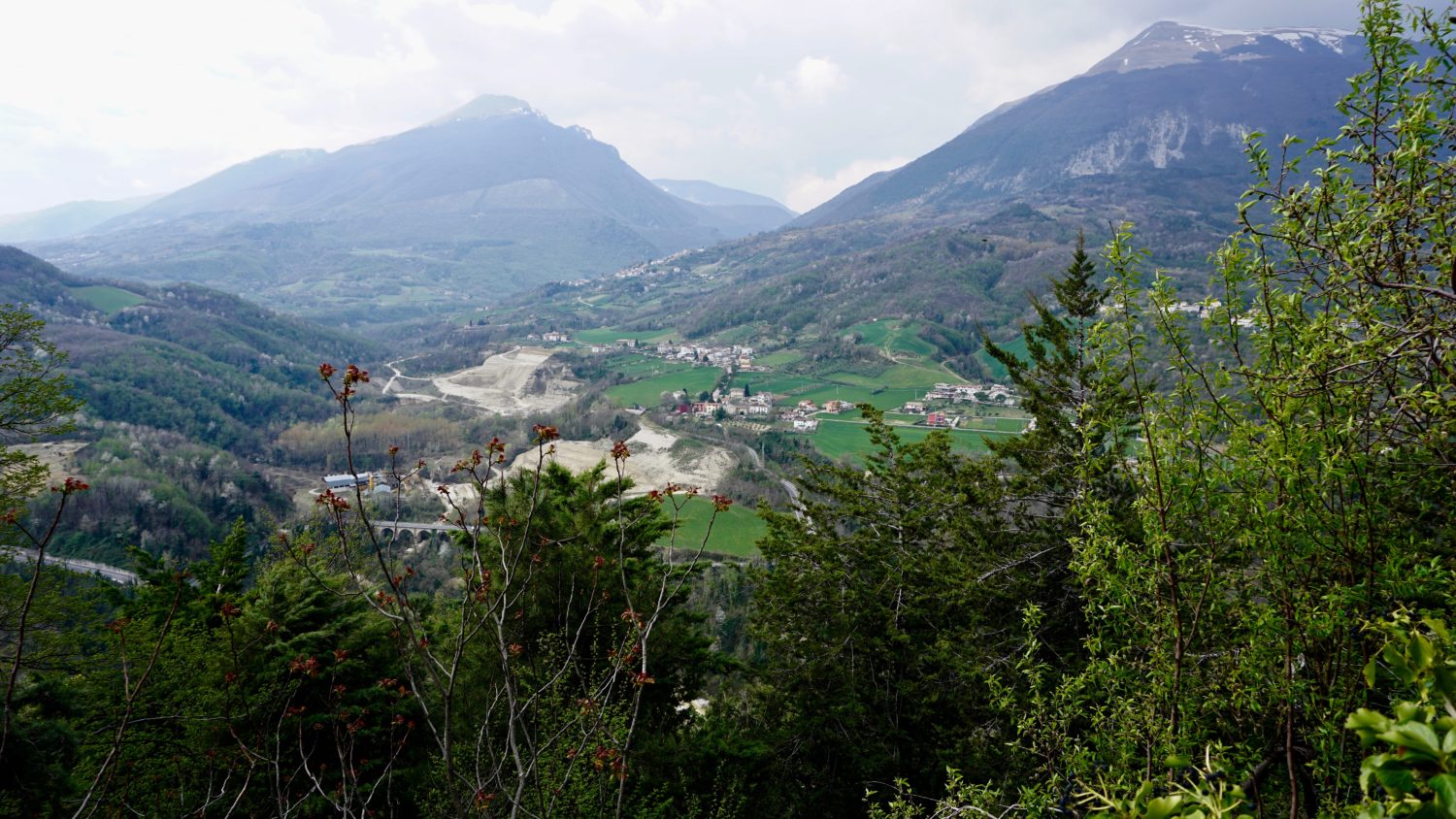
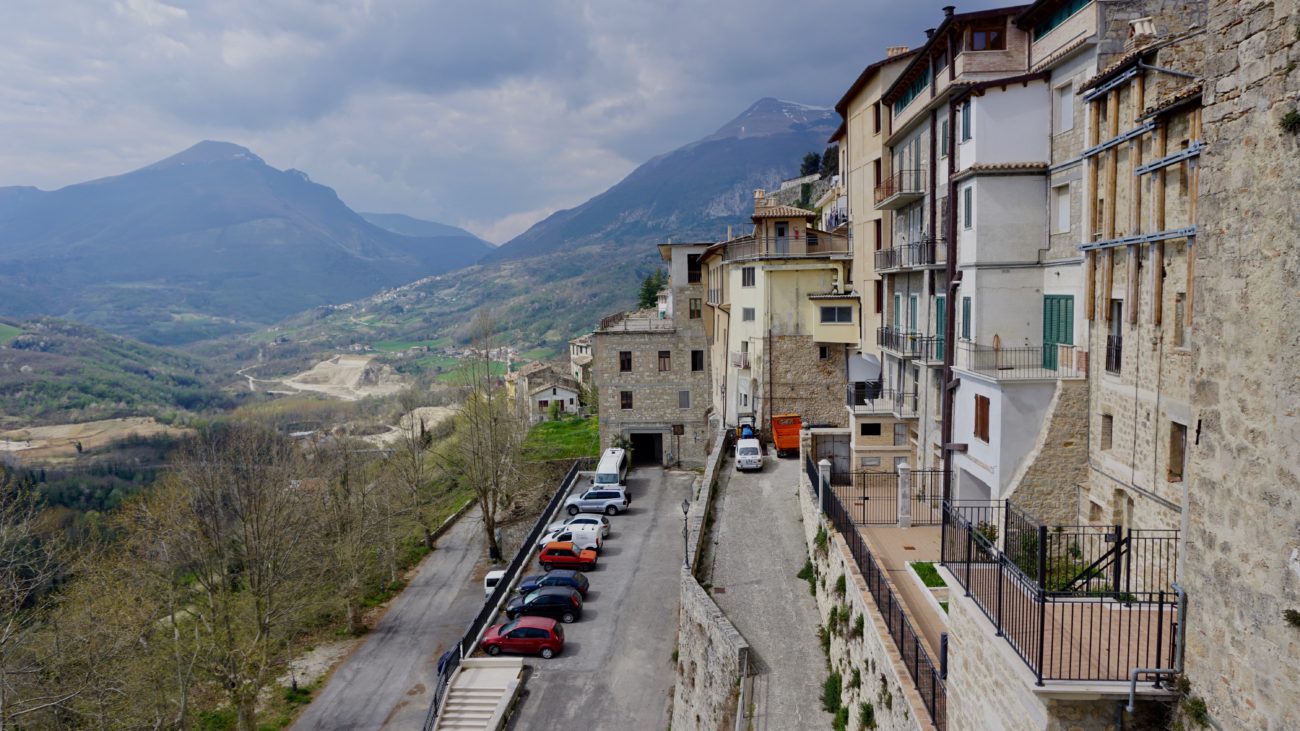
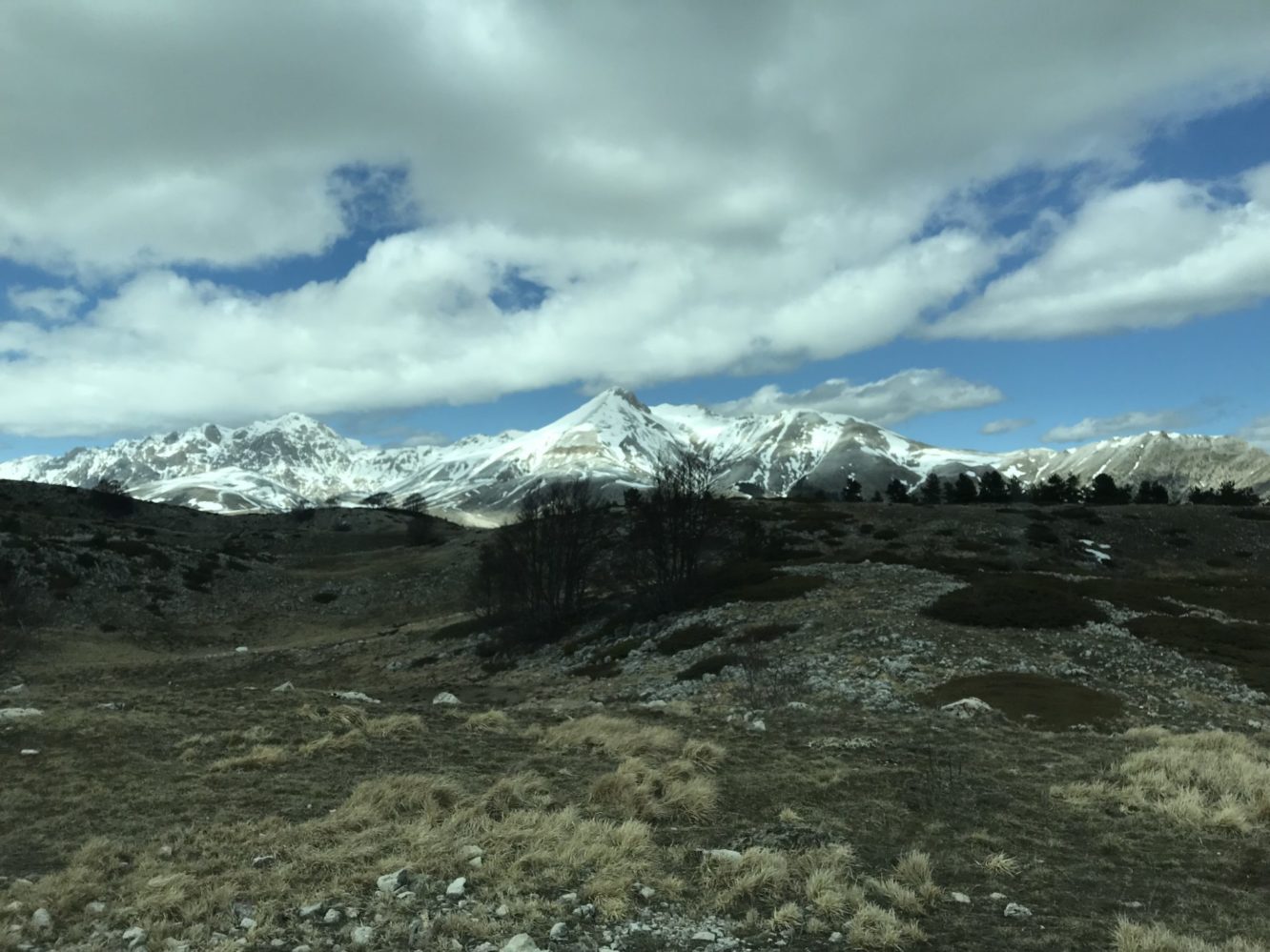
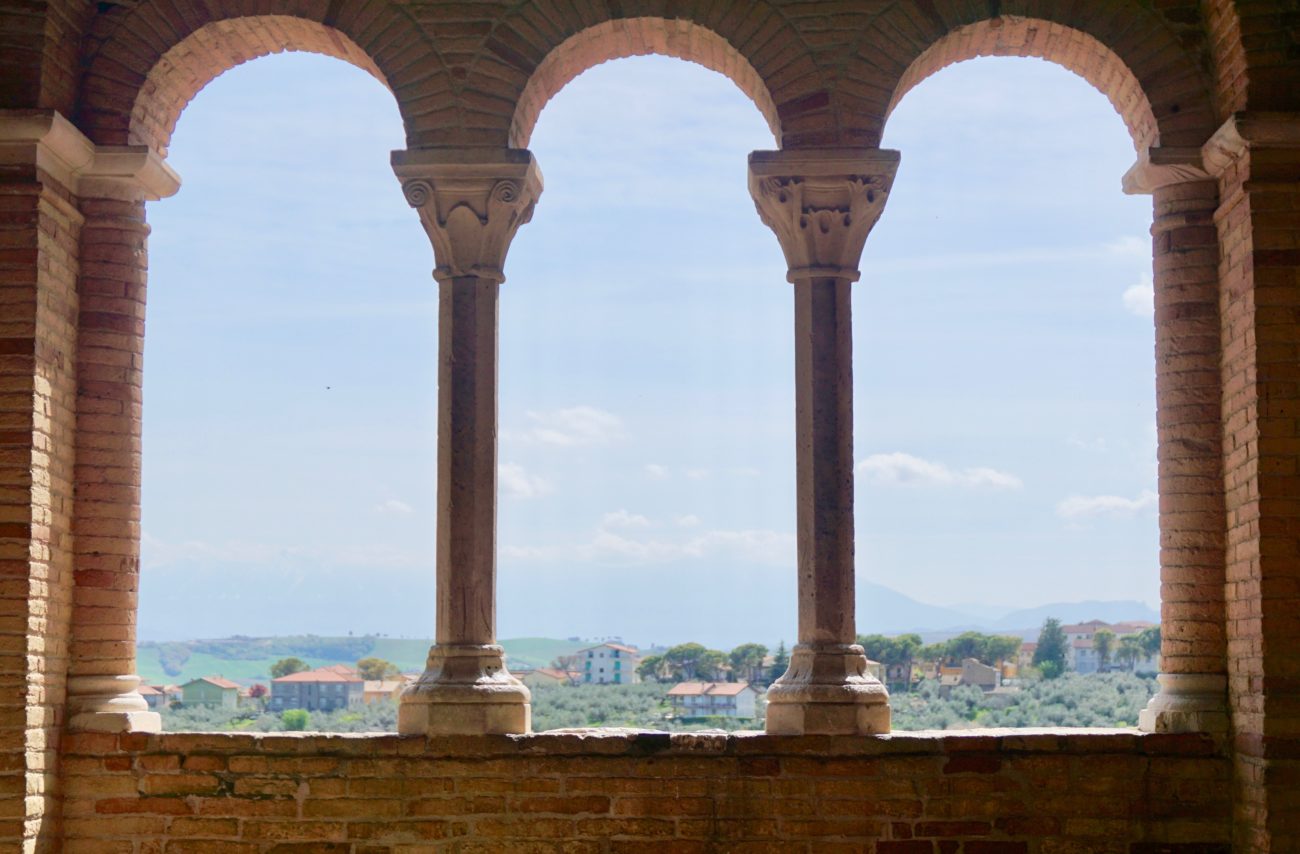
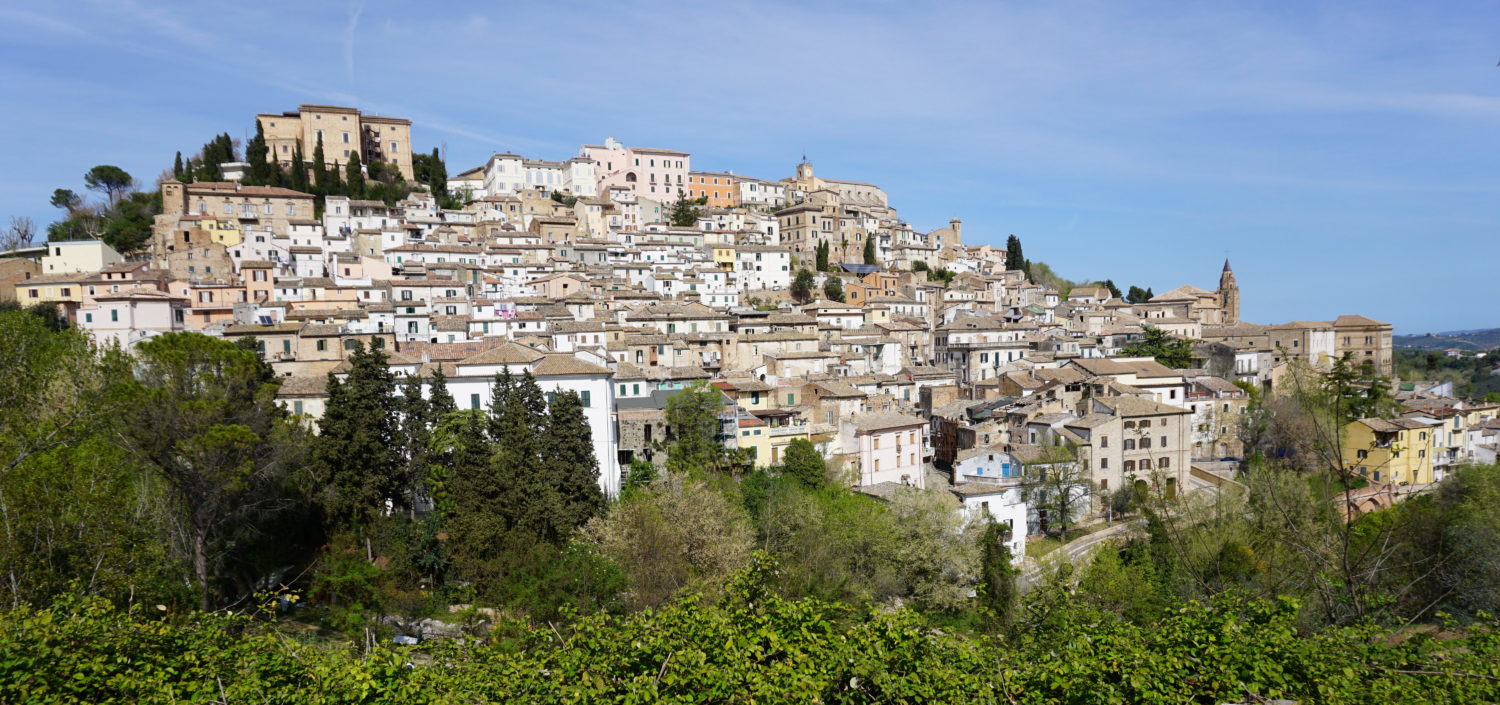
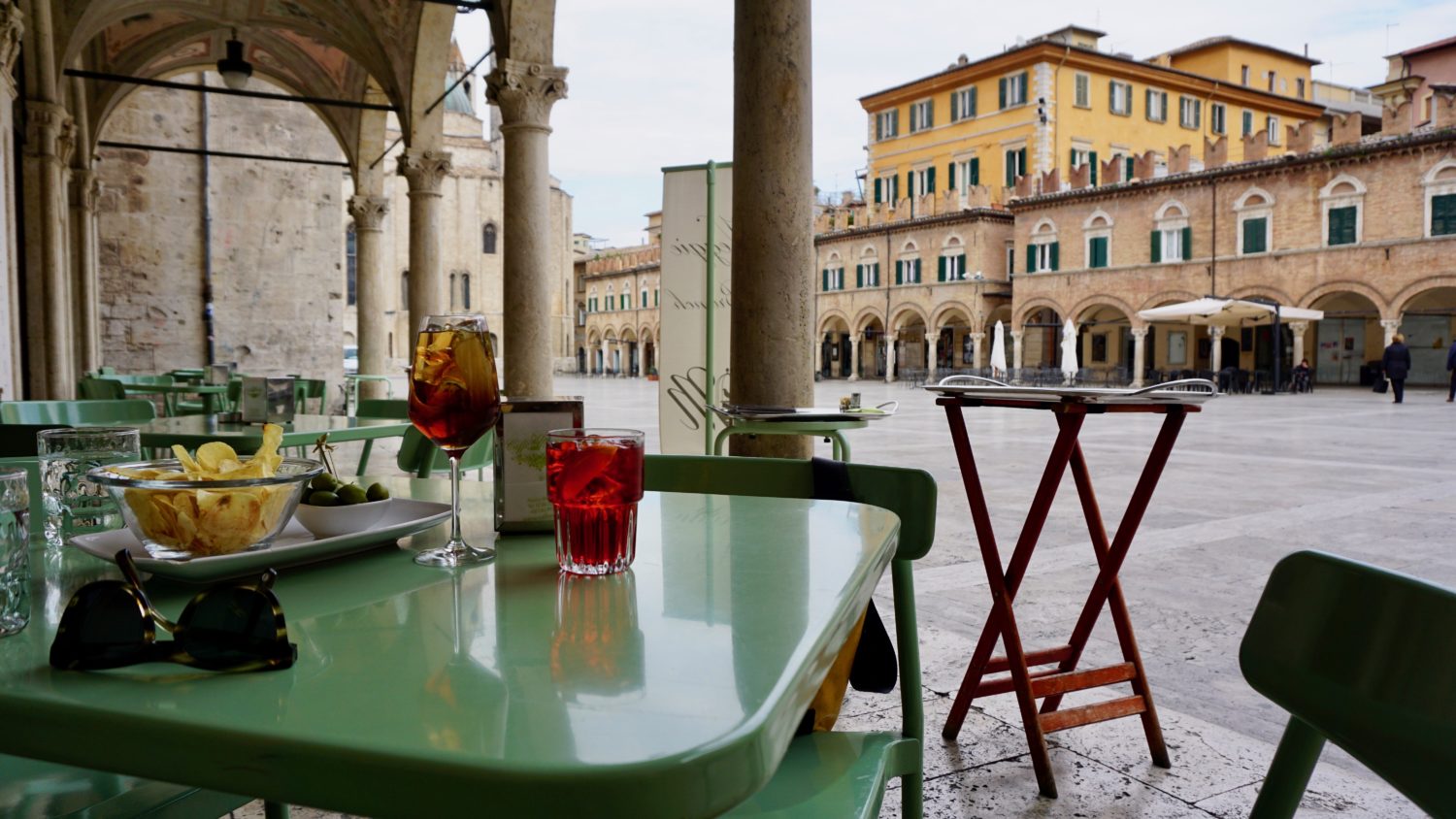
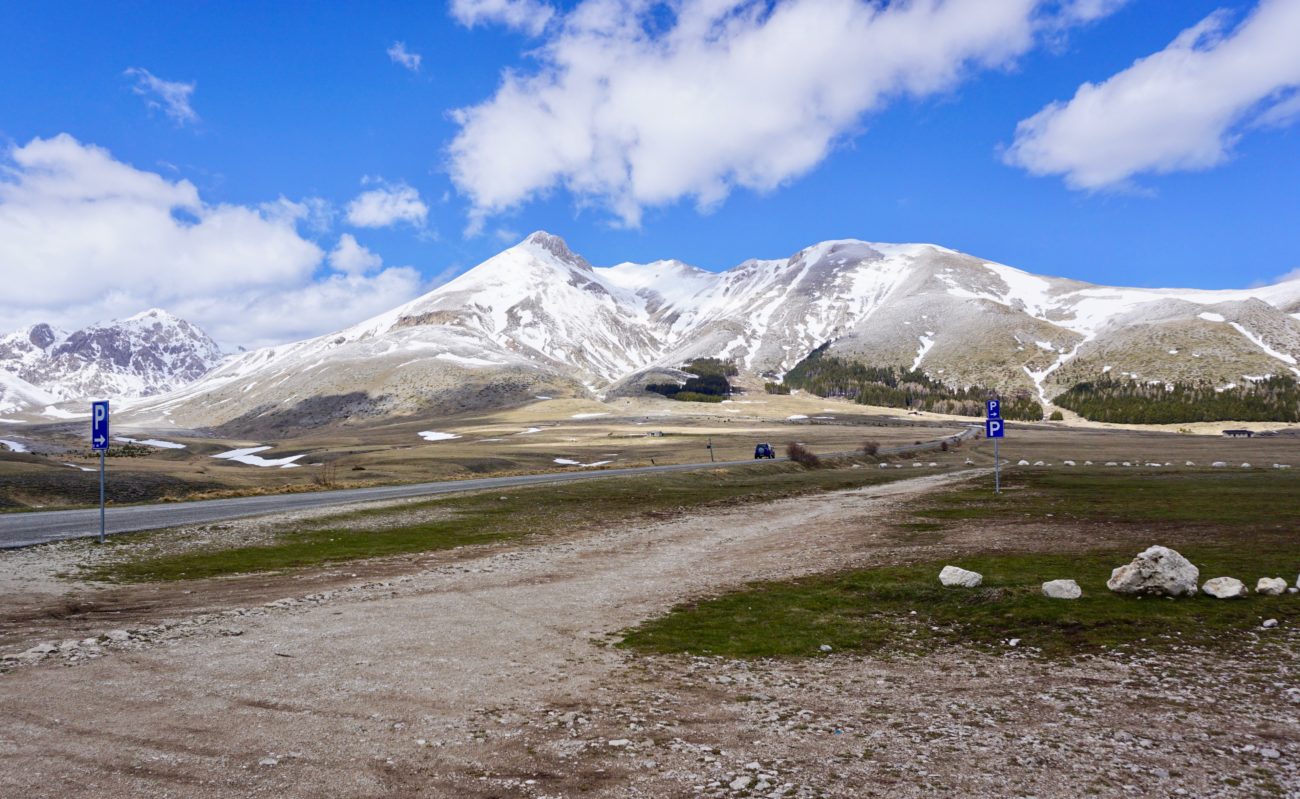
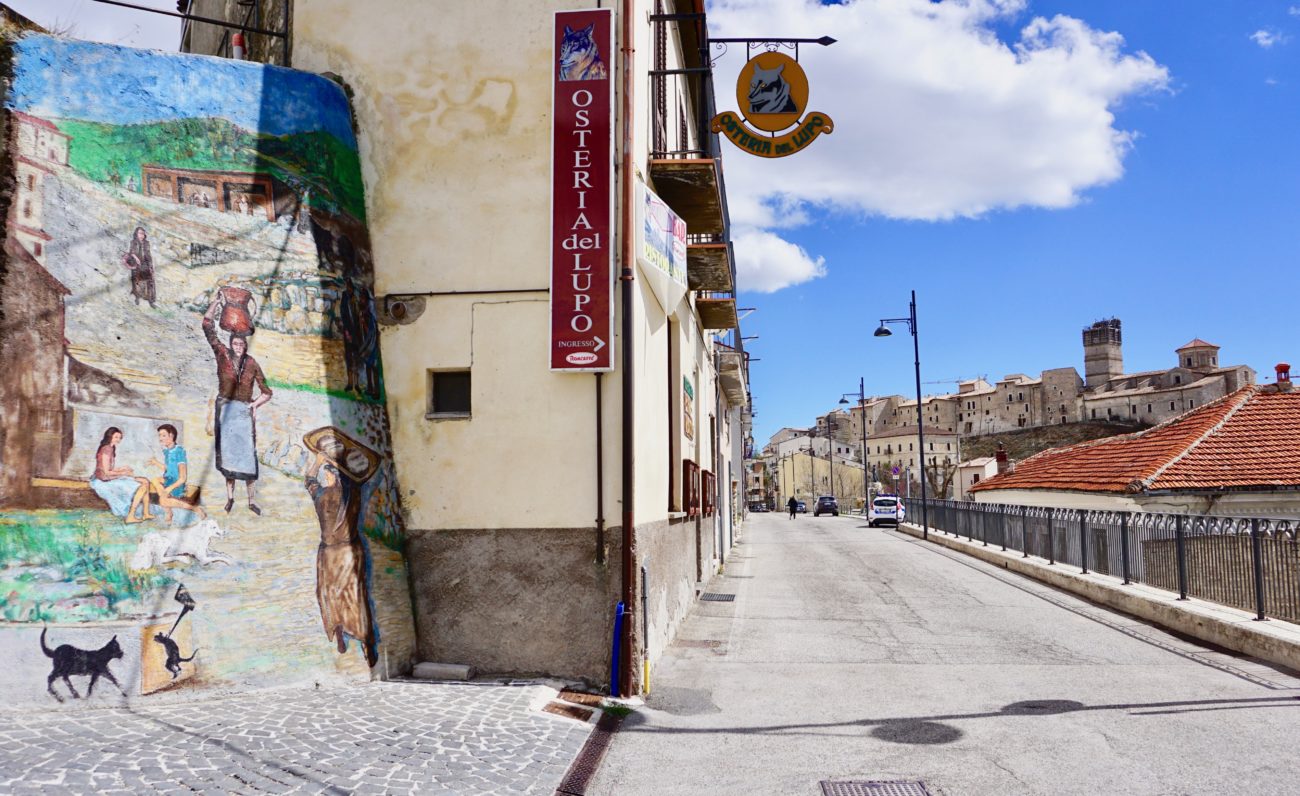
Abruzzo Today
Like much of Southern Italy post-unification, Abruzzo faced tremendous economic hardships. Emigration to the Americas soon ensued and continued throughout both World Wars. Those who remained fought hard to hold onto their traditions and villages, but unfortunately after Nazi invasion many cities and towns have had to be rebuilt in the 20th century. Farmlands and vineyards also had to be revitalized after periods of abandonment. That said, it’s interesting to see that approximately 80% of vineyards are still trained on pergolas, rather than guyot or cordon methods widely seen across Europe today. This method protects the grapes from drastic weather and allows for proper ripening under shade in areas with abundant sunshine.
After World War II, economic revival began across Abruzzo, including the modern wine industry. Large cooperatives were formed in the 1950’s, supplying bulk wine to northern Italy, Germany and even Sweden. While cooperatives existed out of necessity since the turn of the 20th century, their potential wasn’t fully explored until the 50’s. Loose regulations in the 1960’s steered producers towards quantity over quality. As transportation became easier, much of the wine grown in Abruzzo was not ever intended for single varietals, or any recognition of its true origin.
Today, 75% of Abruzzo’s wine is still made by 35 large cooperatives, mainly in the Chieti province. However, unlike many wines of the past, these are crafted with much higher standards and quality controls. After decades of poor to average quality bulk wine, things finally began to change. The 1990’s ushered in more family winemakers bottling their own wines, ready to showcase what Abruzzo was truly capable of. These independent producers joined the likes of Valentini and Emidio Pepe, who were already making exceptional Montepulciano and Trebbiano D’Abruzzo for decades. These new wines began receiving international acclaim, helping to alter the public’s perception of Abruzzo wine. The introduction of the Montepulciano d’Abruzzo Colline Teramane DOCG in 1996 also played a large role in defining the highest quality producers.
The tide is definitely turning. Independent, organic producers are drawing attention to their fascinating and delicious wines, and the vast potential of the great region from which they come. I’ve detailed recommended producers and labels to seek out to experience the range and quality Abruzzo can provide.
Abruzzo Wines
White Wines (Vini Bianchi)
Passerina
Grown primarily in Abruzzo, this light bodied, high acid wine is made in both still and sparkling versions. It’s an easy going wine, usually done in stainless steel to preserve its fragile character. While used in blends, I believe its potential lies in making sparkling wines refermented in the bottle, sur lì (with the yeasts remaining).
Pecorino
Sharing its name with the cheese, Pecorino is a full bodied and versatile white with salinity and acidity. Typically aged in stainless steel or cement, its fresh, herbaceous, round and citrusy. However, it can also be done in amphora or oak, allowing for more ripe fruit, almond and savory characteristics to develop. Ausonia, and Fiore Podere San Biagio make great Pecorino. Just across the border in Le Marche region, you can also find great Pecorino from Aurora, La Valle Del Sole and Cameli Irene.
Trebbiano d’Abruzzo
Not to be confused with Trebbiano Toscano, this local clone (also known as Bombino Bianco), develops stone fruit, melon and almond flavors and has great aging potential. When grown with low yields and high attention to detail it has enough acidity and structure for longevity. Emidio Pepe & Valentini are famous examples of how excellent Trebbiano D’Abruzzo can be.
Cococciola
Native to Abruzzo, this green grape has been typically used as a blending varietal. It has recently seen a resurgence and is remerging as a single varietal wine. More angular and grassy than Abruzzo’s other native whites, Cococciola has been compared to Sauvignon Blanc.
Red Wines (Vini Rossi)
Cerasuolo d’Abruzzo
Meaning cherry in english, this rosé wine delivers cherry aromas, flavors and color in the glass. Cerasuolo is made from pressing Montepulciano grapes and removing the skins right away or after a few hours or days. This method akin to white wine making, is able to yield such an intense ruby color due to Montepulciano’s deeply colored skin. Despite appearances, Cerasuolo is not a sweet or overly fruity wine. It displays nuanced notes of sour cherry, strawberry and savory nutty qualities, finished by great acidity. A versatile and unique wine, perfect for the diverse cuisine of the region. Fiore Podere San Biagio, and Ausonia make great examples.
Montepulciano d’Abruzzo
The flagship wine of Abruzzo is of course Montepulciano, from the grape of the same name. Bold, dark fruit, earth, tobacco and violet notes are typical of this full bodied wine. Dense tannins and spice are more prominent in lower areas with more sunshine and less variance in temperature. This is also the case for wines aged in new oak barrels. Torre dei Beati, De Fermo, Fiore Podere San Biagio all make great quality and balanced organic Montepulciano. In addition to these small producers, Cataldi Madonna makes a larger quantity of bright and lively Montepulciano at 350-500m in Ofena, right beside Gran Sasso park. The grape shows its dynamism, showcasing cranberry and blackberry flavors with lower tannins than the aforementioned. Made in old cement tanks, these are pure and energetic wines.
Abruzzese Food
In addition to wine, Abruzzo is best known for olive oil, pecorino cheese and arosticini (meat skewers). Sheep supply milk for the cheeses and pigs are raised for the delicious prosciutto and sausages of the area. Lamb and cow meat typically make up the arosticini, while vegetarian egg “meatballs” are also common. The diversity of the land and microclimates make Abruzzo highly suitable for many types of grains, vegetables, flowers and herbs including saffron. Over every hill and around every sharp turn, you will find something delicious.
